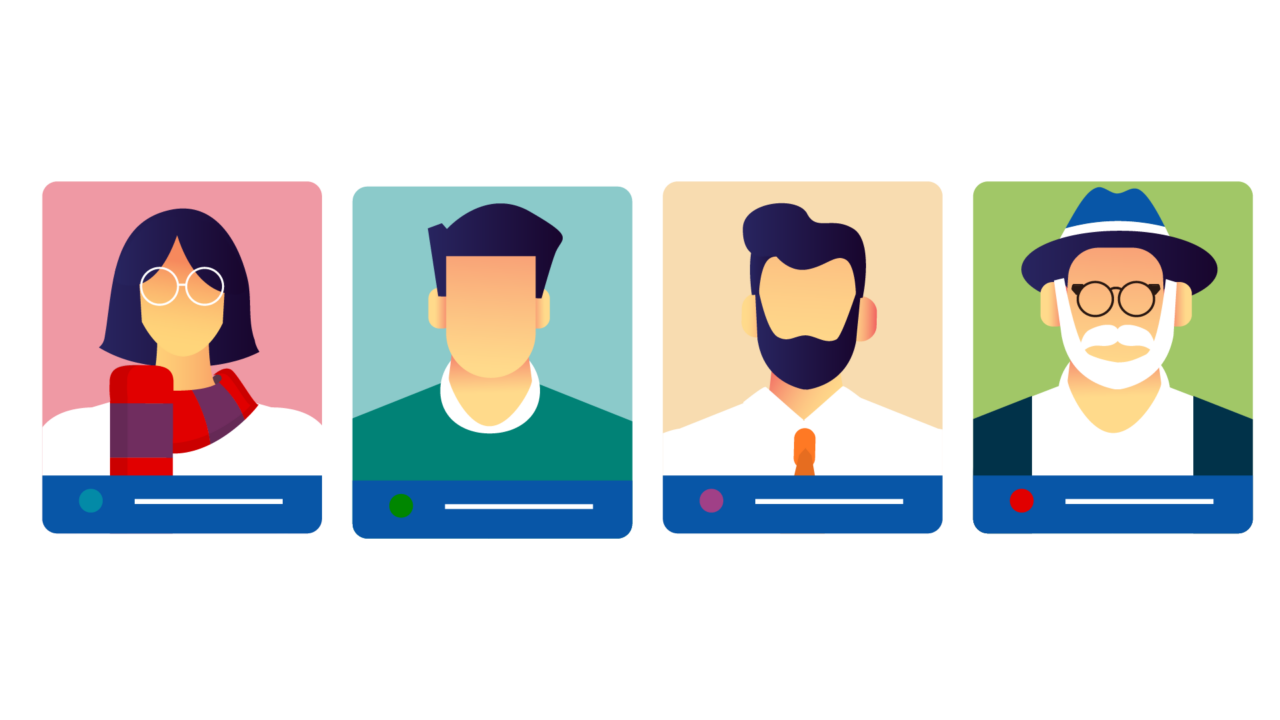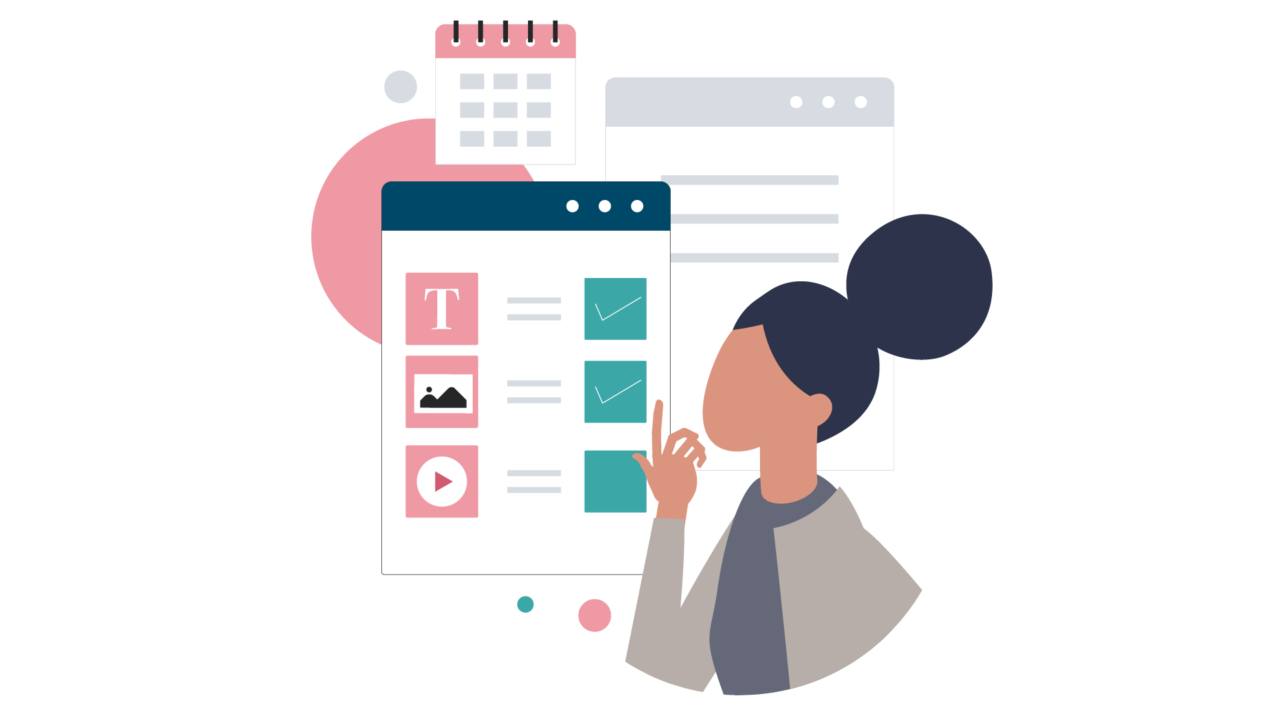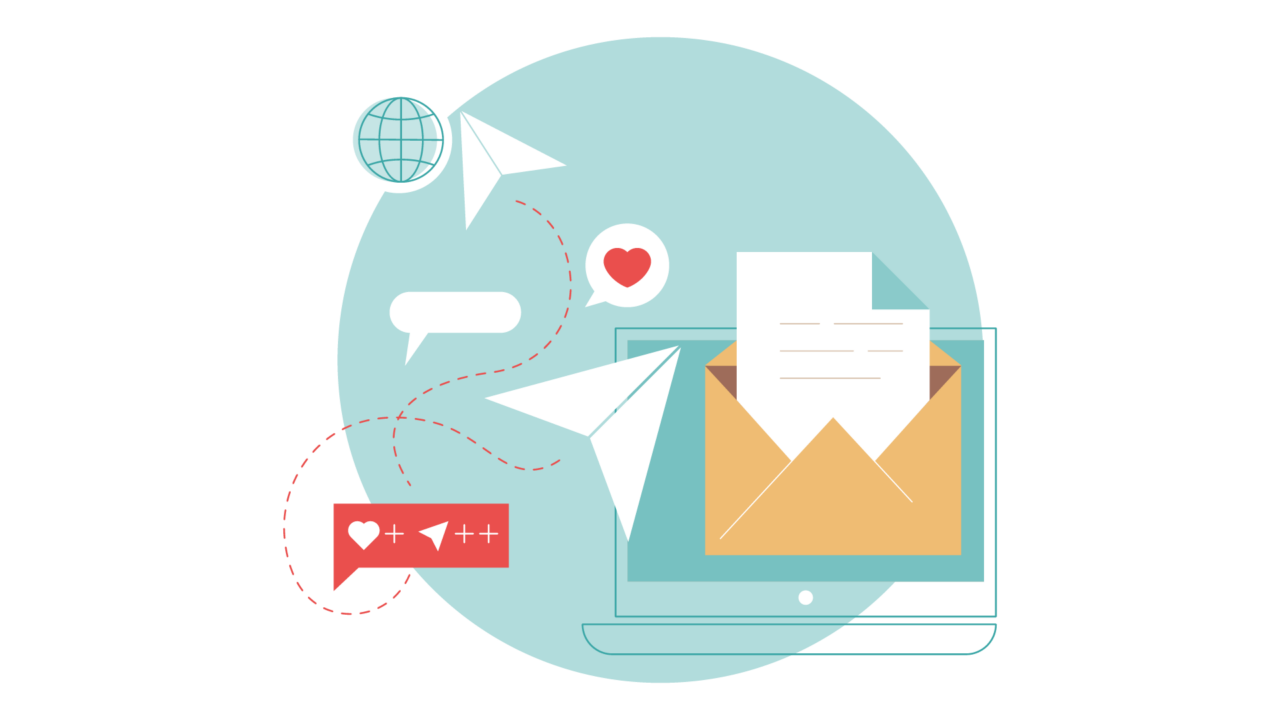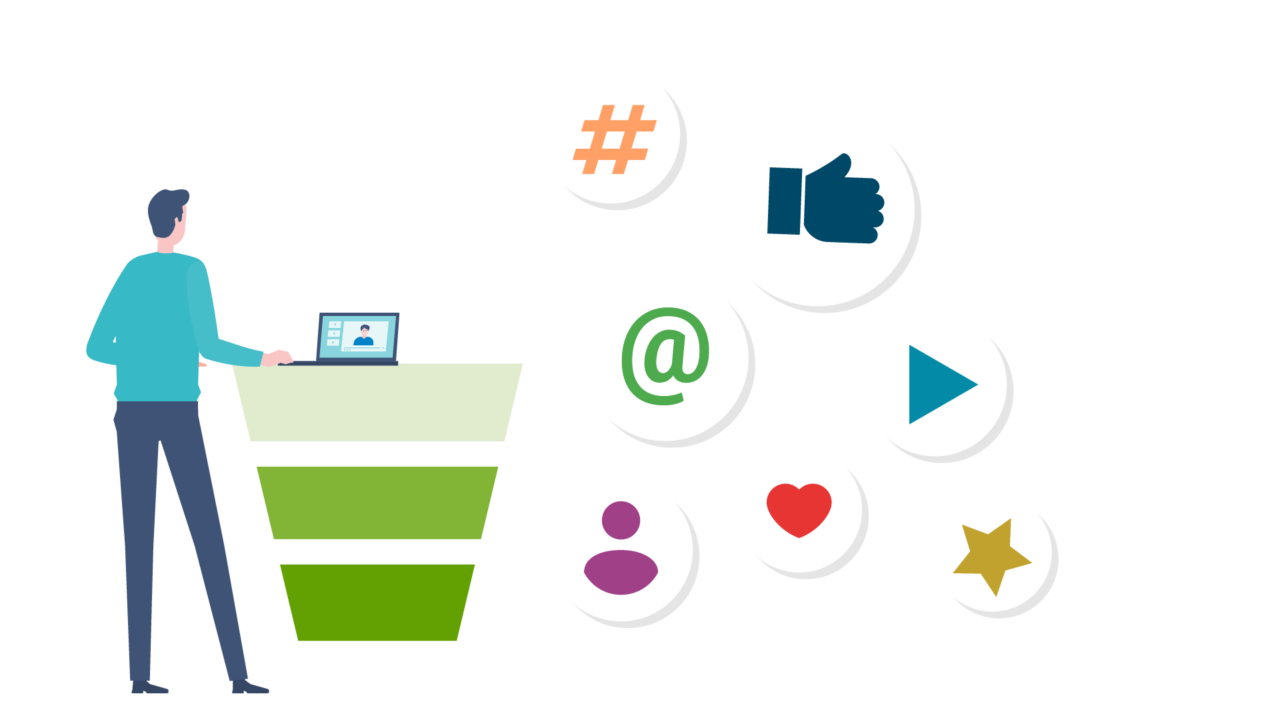Lead nurturing is not a one-size-fits-all strategy. Instead, it’s better to consider it a dynamic and personalised process.
What is lead nurturing?
Lead nurturing is the process of building and maintaining relationships with potential customers (leads) throughout their buying journey.
What’s the point?
Lead nurturing aims to keep the brand top-of-mind, address prospects’ needs, and gradually move them toward making a purchase decision and becoming loyal customers.






